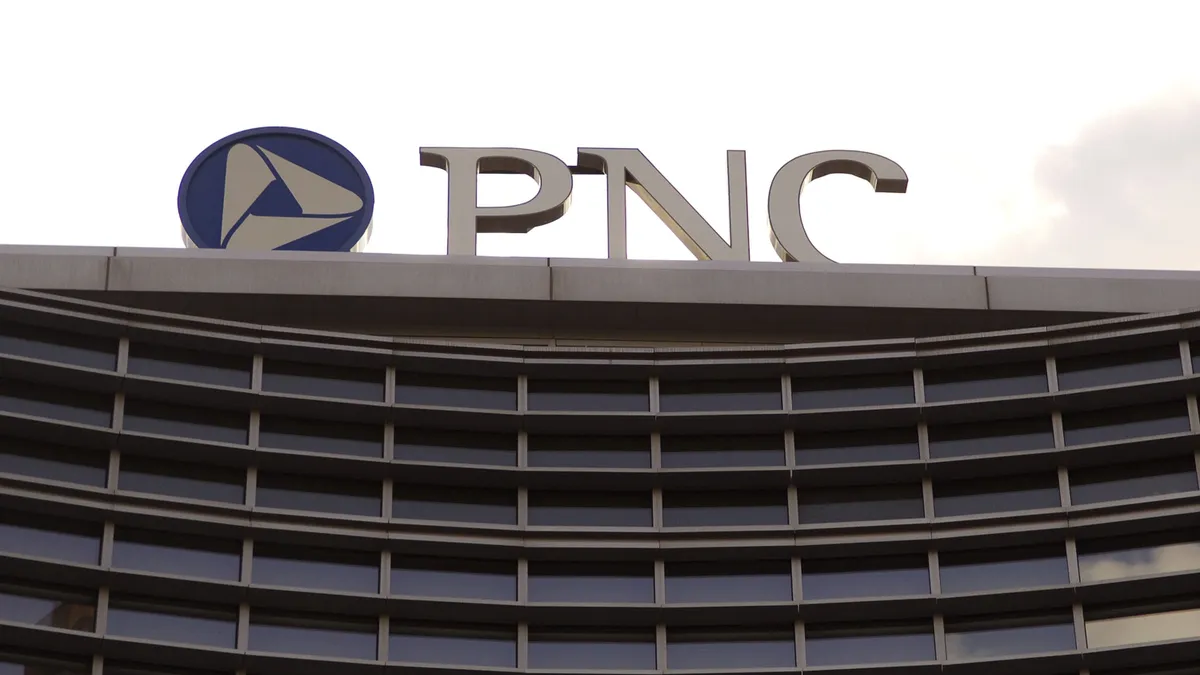Goldman Sachs is not afraid to drop a basketball analogy in reference to its talent. When two top executives in its digital banking arm, Marcus, left to join Walmart’s fintech startup, Goldman brushed off the departures by nodding to the bank’s "deep and growing bench."
In basketball terms, when a number of star players leave, fans can expect a "rebuilding year." Marcus may have laid the groundwork for such a period this week, when it rehired a former chief risk officer and promoted several other executives to new roles.
Brian King, Marcus’s former chief risk officer, is rejoining the bank in a role that adds "head of business operations" to his title, Reuters reported Thursday, citing an internal Goldman memo. King left Marcus in October to join Wells Fargo as chief risk officer for consumer and small-business banking. King had led risk oversight at Marcus from 2018 to 2020.
It wouldn’t be the first time Marcus had to lean on executives to perform — at least somewhat — in their former capacity. Harit Talwar, Marcus’s chief executive, reportedly stepped aside in September to hand day-to-day operations to Omer Ismail before Ismail’s official ascent to Marcus’s top role Jan. 1. But Ismail left for Walmart less than two months later, along with David Stark, Marcus’s head of large partnerships — leaving Talwar again leading Marcus. (King, in his new role, will report to Talwar.)
Goldman this week also tapped Chantal Garcia to become Marcus’s chief operating officer and head of talent strategy, Reuters reported. It also named Scott Young as Marcus’s chief commercial officer, Abhinav Anand as the digital bank’s top lending executive, and Marcos Rosenberg to lead deposits and investments in the U.S.
Marcus is international, though, and another Goldman move this week prompted speculation that the Wall Street bank’s investment in a British digital bank may be strategic.
'Vote of confidence' or strategic maneuver?
Goldman Sachs invested £50 million in Starling — a cash infusion the startup said Monday would be treated as an "extension" of the £272 million funding round it announced in March, the Financial Times reported.
Starling, as recently as November, was rumored to be a takeover target of both Lloyds — which sought its technology, according to The Times of London — and JPMorgan Chase.
JPMorgan has since acknowledged its intention to launch a digital bank in the U.K. But late last year, buying Starling was thought to be a way the U.S.’s largest bank could sidestep the pressure of building a customer base from the ground up.
Marcus, which has amassed more than 500,000 customers in the U.K. since launching there in 2018, stands as JPMorgan’s most formidable U.S. import in Britain. But Marcus was forced last June to stop taking new applications for savings accounts to keep its deposits under £25 billion. Exceeding that threshold would require Marcus, under U.K. regulations, to become a separate legal entity with its own board, and to limit capital sharing with the rest of Goldman.
Marcus’s accounts in the U.K. are limited to savings, meaning Starling’s checking offerings would not be a competitor. Nonetheless, two anonymous sources told the Financial Times on Monday that Goldman’s investment in Starling is purely financial, not strategic.
"Starling is one of the leading and most innovative digital banks in the U.K., with an ambitious technology-first leadership team and addressing a deep market opportunity," James Hayward, managing director for growth equity in Goldman Sachs’s asset-management arm, said, according to the publication. "We are delighted to be supporting their growth with this investment and believe the company has sustainable long-term earnings potential."
Starling’s CEO, Anne Boden, has insisted her goal is to take the bank public — not to be acquired. "I didn't start a bank to sell out to the big boys," she said in May — a sentiment a spokesperson for the bank reiterated in November.
Rather, Boden’s statement Monday may imply Starling sees itself as a future acquirer.
"Securing the support of another global financial heavyweight demonstrates the strength of demand from investors and represents yet another vote of confidence in Starling," she said. "Goldman Sachs will bring valuable insight as we continue with the expansion of lending in the UK, as well as our European expansion and anticipated M&A."
Starling's customer base doubled during the first two months of the coronavirus pandemic, as sole traders opened new accounts hoping to benefit from a government-backed relief program, Boden said. But the pandemic has also delayed the bank’s potential IPO timeline.
"If you look at the numbers, we’re probably going to be roughly where we were planning to be, but six to nine months out," she said in May. "It’s probably still going to be an [initial public offering] for us eventually, but I think being realistic, it’s not going to be next year."
The bank is now targeting an IPO in late 2022 or early 2023, one of the Financial Times’s sources said Monday.
Aside from Ismail and Stark, Marcus also recently lost its head of product, Sonali Divilek, to JPMorgan Chase. Divilek is actually the second head of product to flee the consumer bank this year, after her predecessor, Adam Dell, stepped down in mid-January.
Parent company Goldman Sachs has also seen several executives leave, including its general counsel, communications chief, head of diversity and asset-management co-head.






















